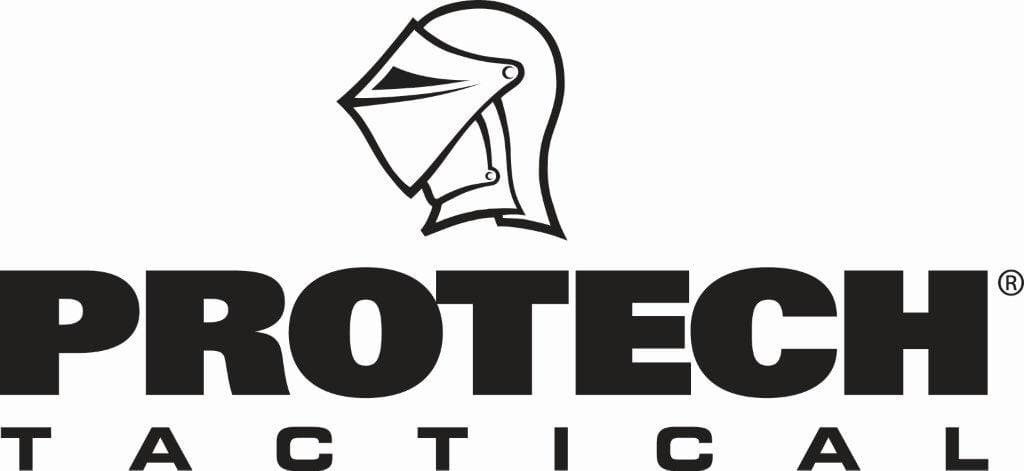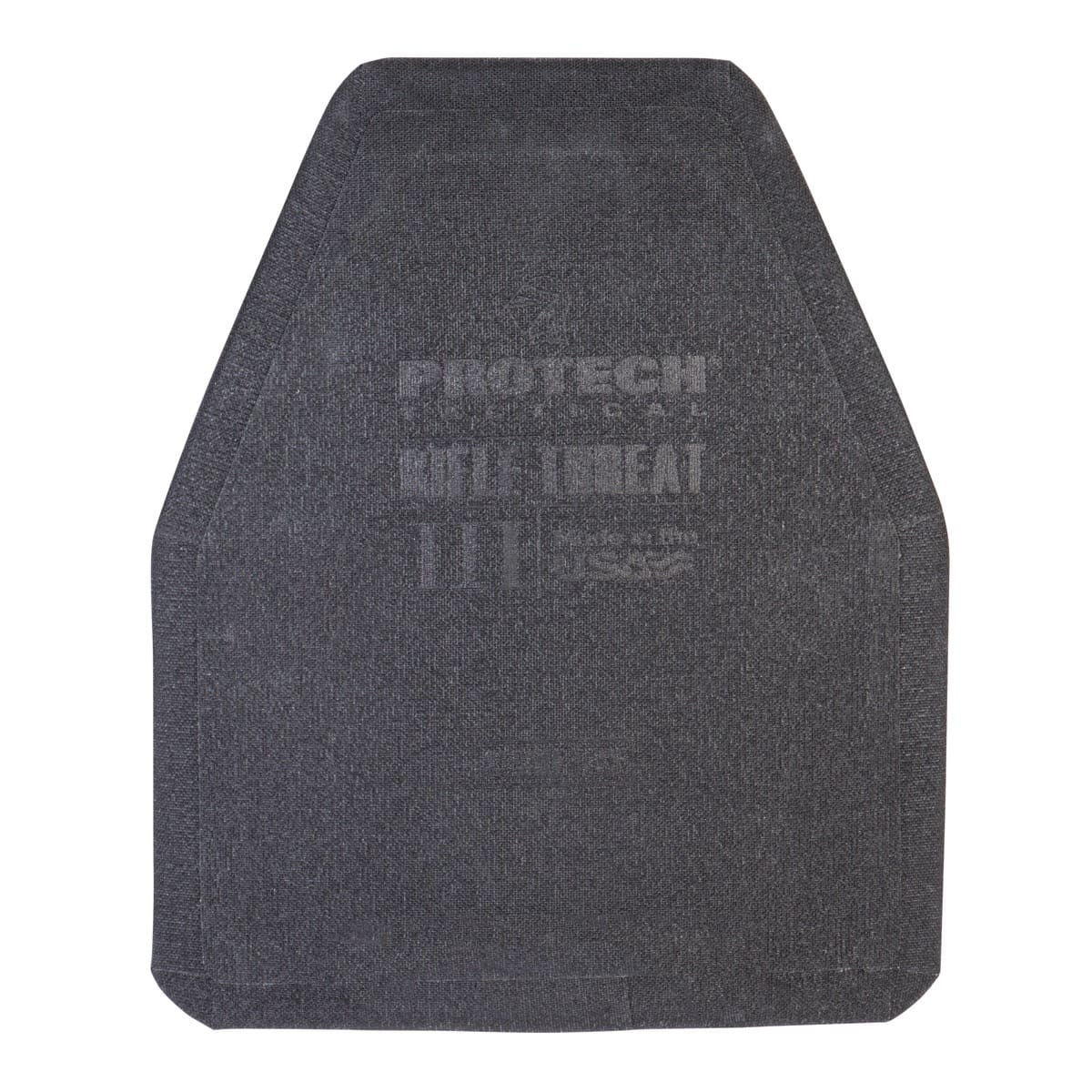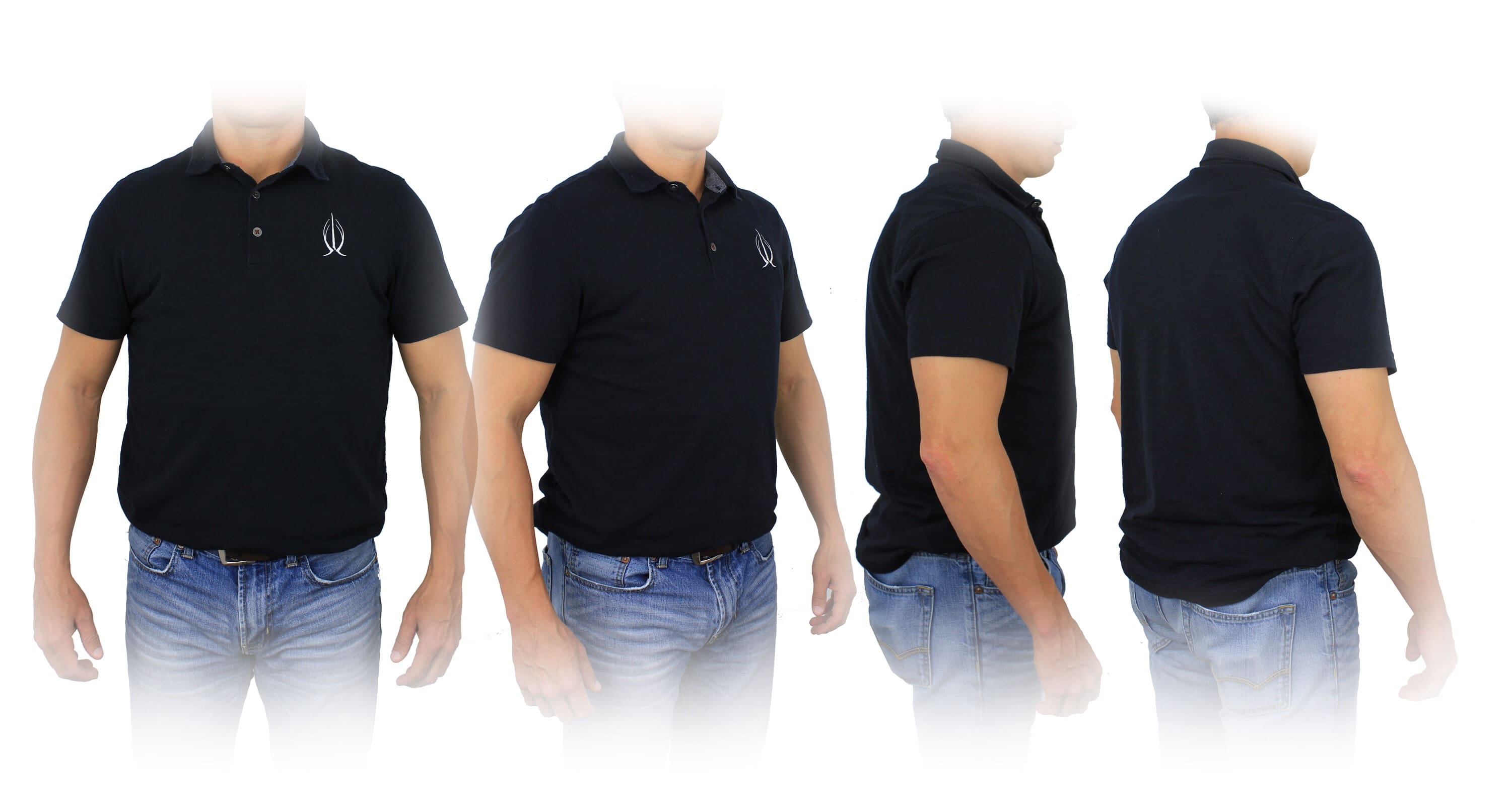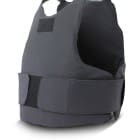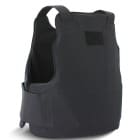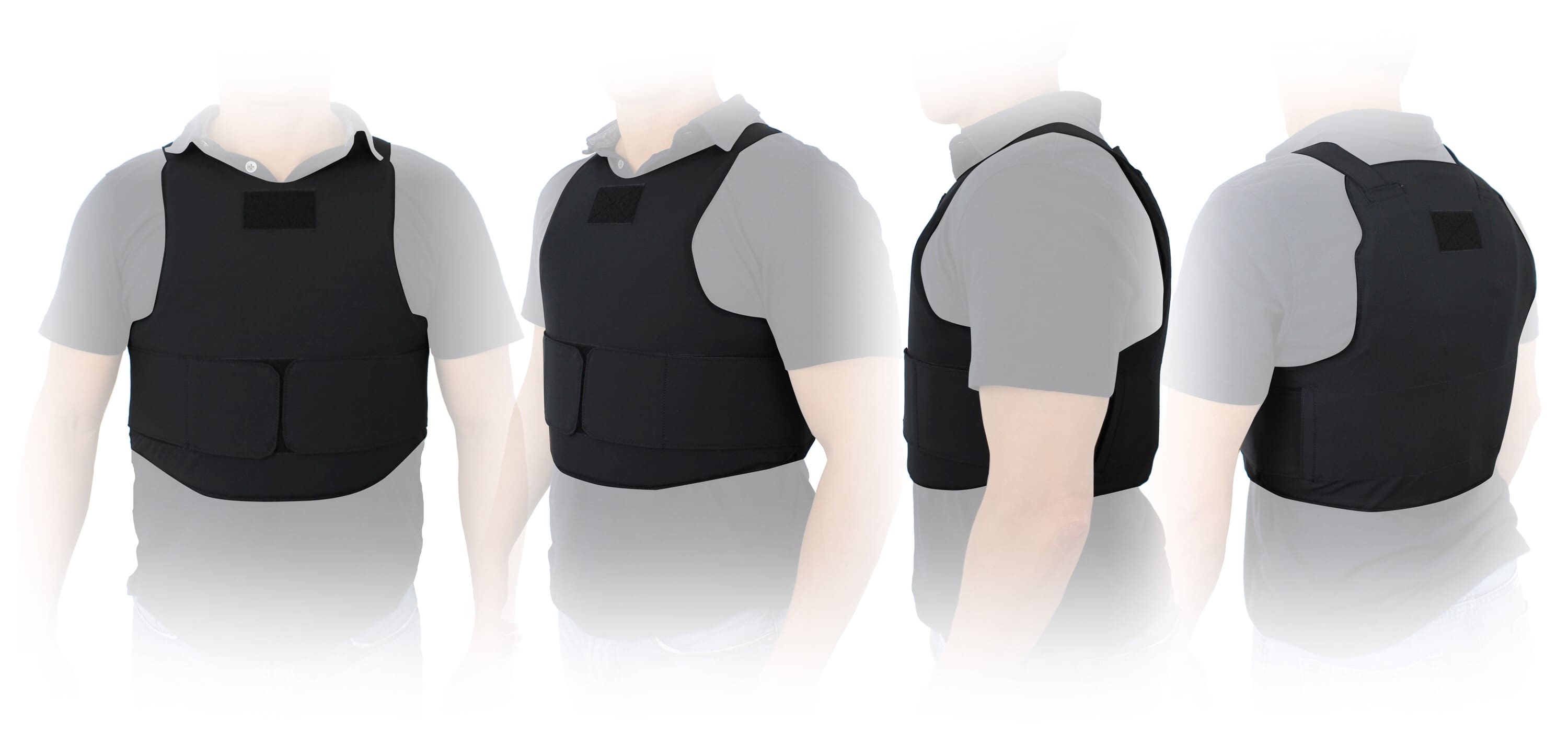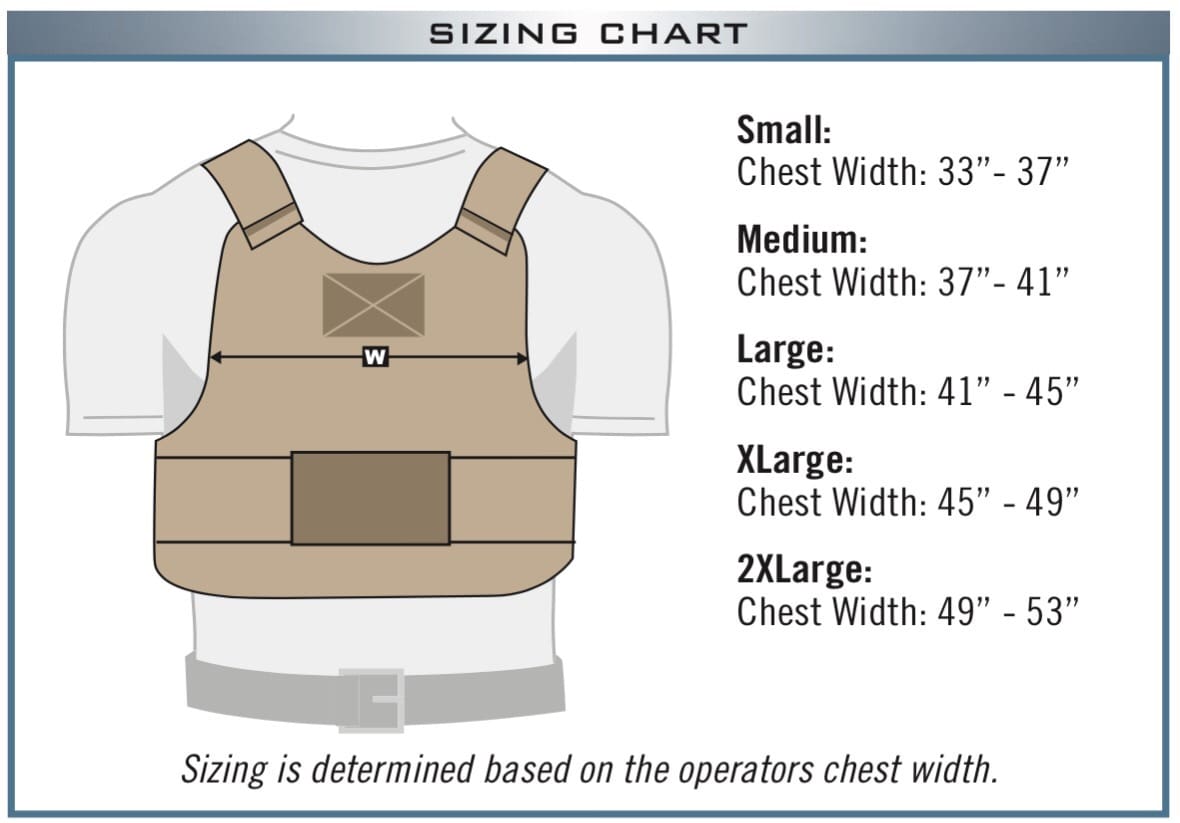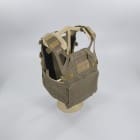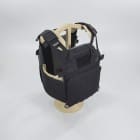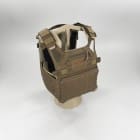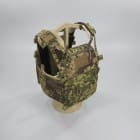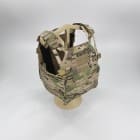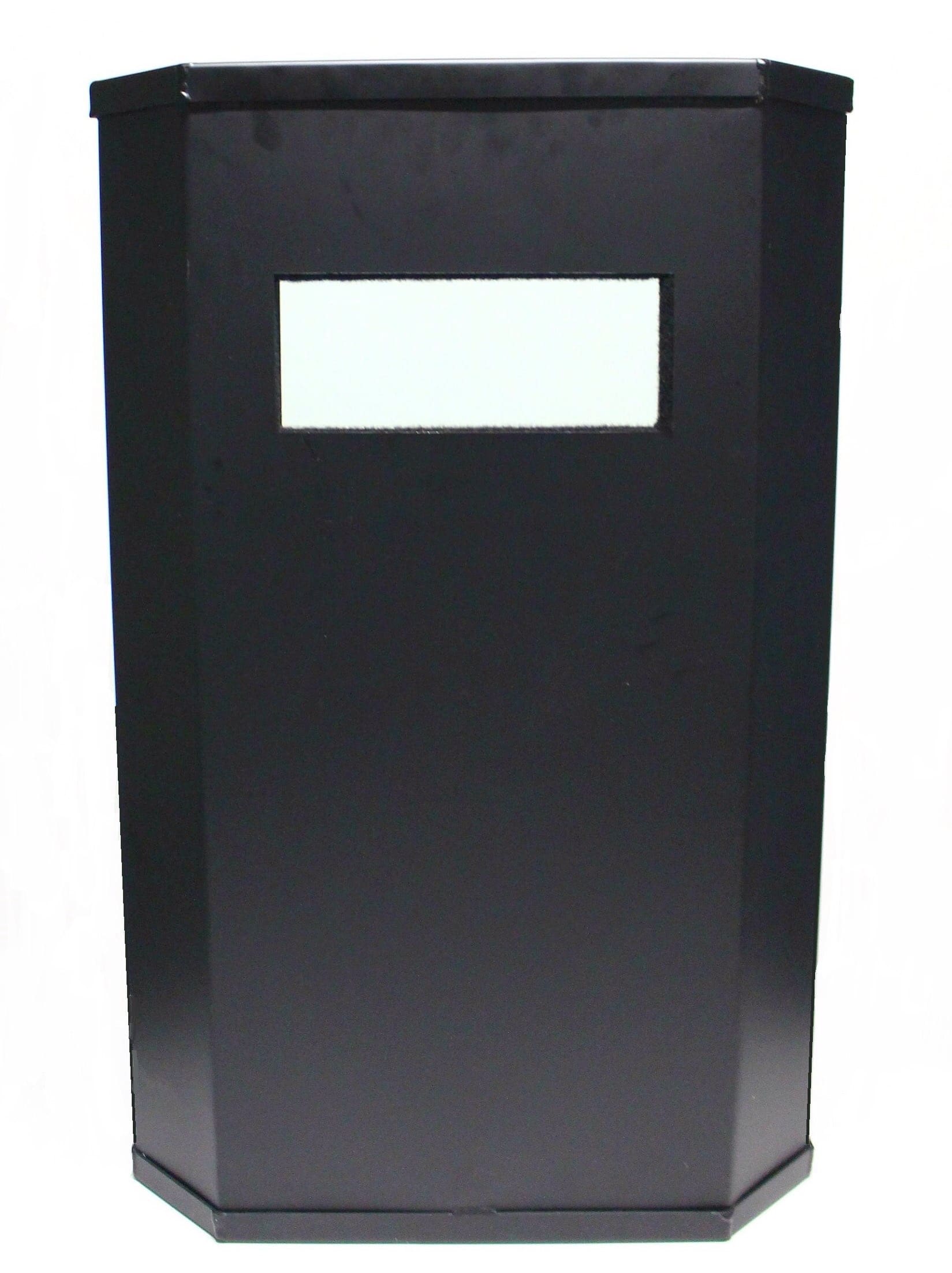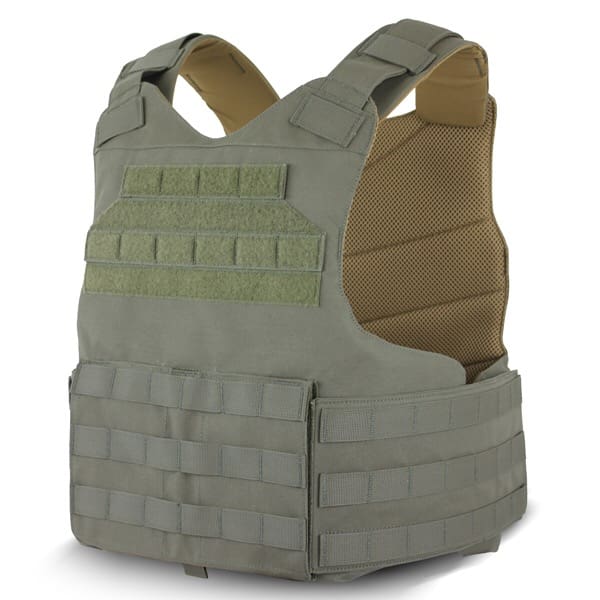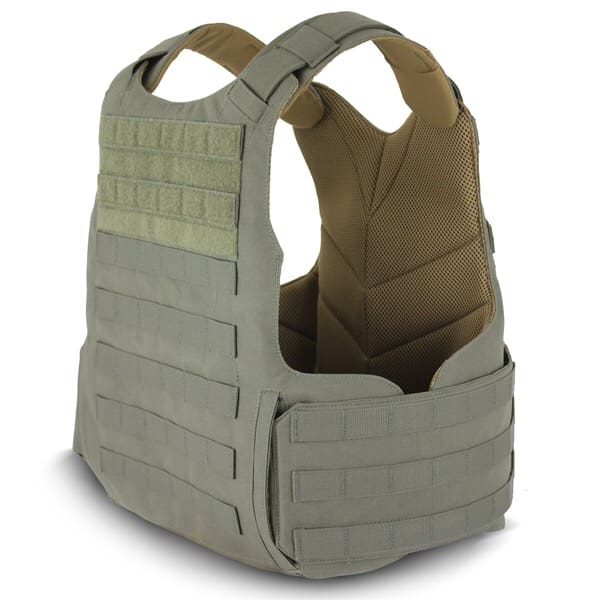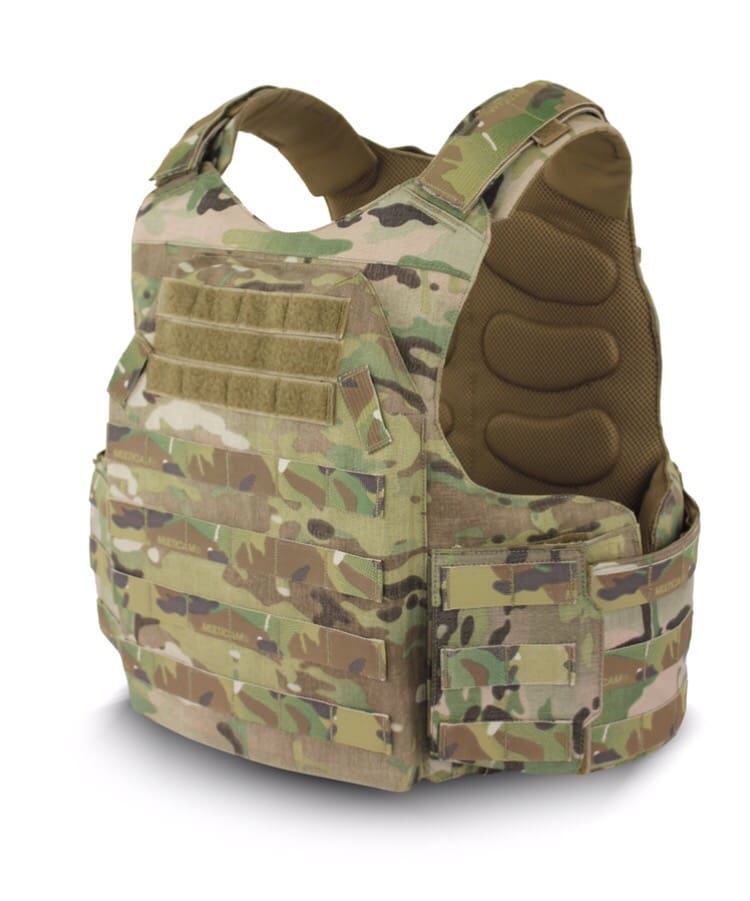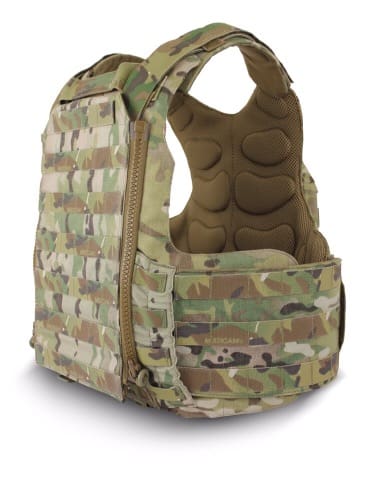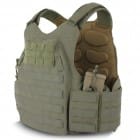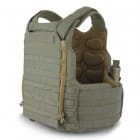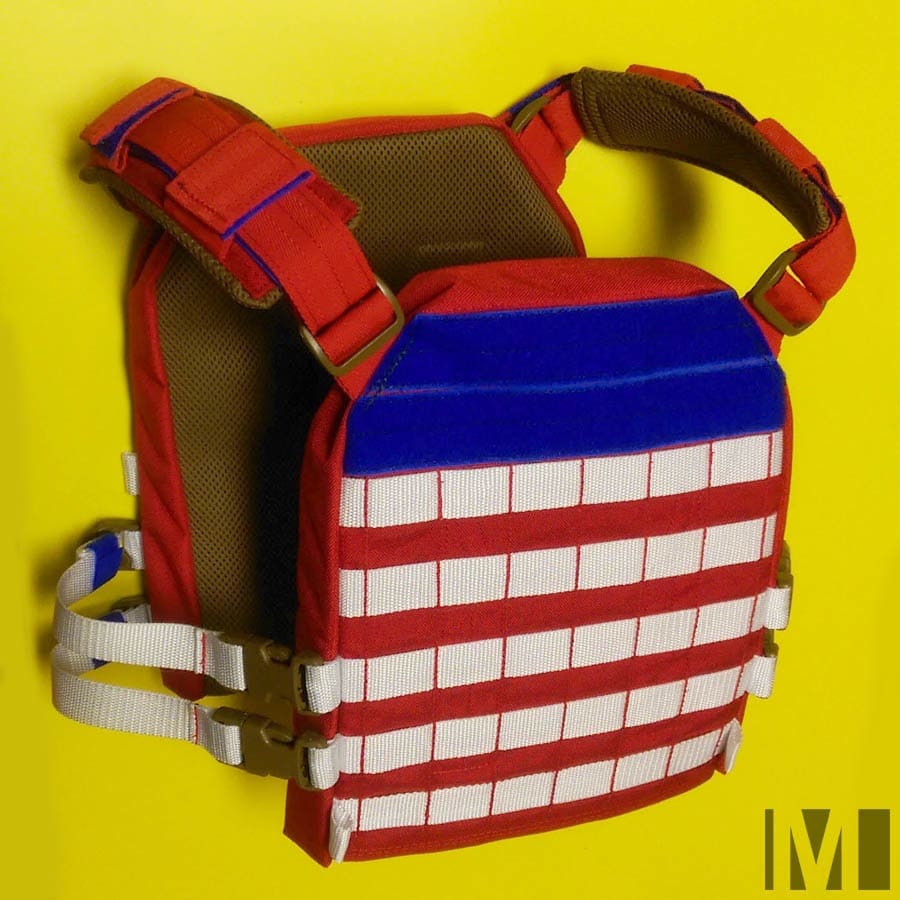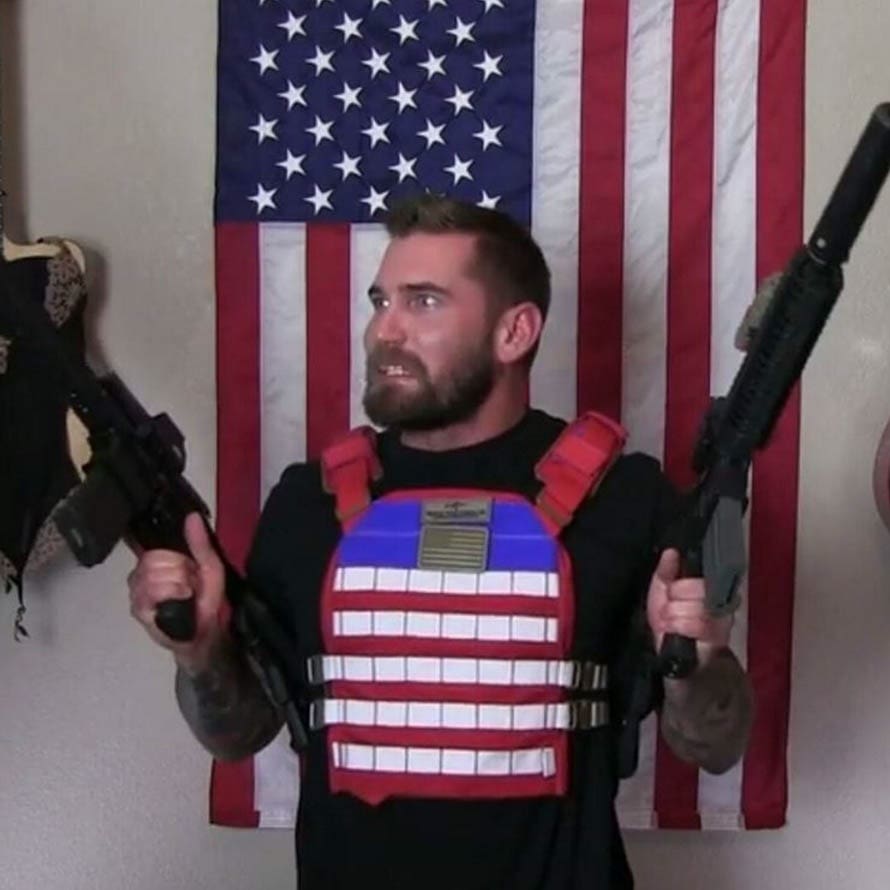Jacksonville, Fla. – Safariland today announced the expansion of its Protech® Tactical X-CAL™ line of “in-conjunction-with” (ICW) ballistic hard armor plates with the addition of the X-CAL US. Independently tested under the NIJ 0101.04 type III protocol, this special threat plate under 4 lbs. in weight is designed to defeat high-threat rounds and velocities.
With an increased availability of the M855/SS109 round in the domestic market, this hard armor plate will fill the product gap for a high-end, lightweight plate that can protect officers at risk of encountering this type of ballistic threat. Developed in collaboration with Hesco® Corporation, a world leader and innovator in the design and manufacturing of protective systems, the debut of the X-CAL US plates affirms the partnership’s ongoing dedication to bringing products to market that meet the evolving challenges and threats in military, security and law enforcement environments.
“The X-CAL US will change the way type III, rifle threat plates are designed,” said Dan McNeil, Director of Tactical Armor. “Officers will find it to be a piece in their arsenal that they won’t enter the field without due to the product’s lightweight profile that delivers the ultimate protection in an ICW configuration.”
An average two pounds lighter than traditional type III rifle threat plates, the X-CAL US minimizes bulk and load-bearing weight to enhance maneuverability. The X-CAL US plate is approved for use with NIJ soft armor packages offered by Safariland, including the Summit® SM02 Type IIIA, Xtreme® XT03 Type IIIA and Xtreme® SX02 Type IIIA. With an impressive low-profile, the X-CAL US plate is just 0.75” thick with protection against numerous threat rounds such as the 7.62mm FMJ (NATO) and special threat rounds such as the 7.62mm x 39mm, 123 gr. MSC and the 5.56mm, 62 gr. (M855)(SS109) at six impacts each.
Available in a 10”x12” multi-curve, swimmers cut, the X-CAL US plate is available to order with part number 1190172 at $710.00 MSRP. For ordering, please contact an account representative or a member of the Safariland customer service team at 1.800.347.1200. For more information, visit www.safariland.com/protech-tactical.


